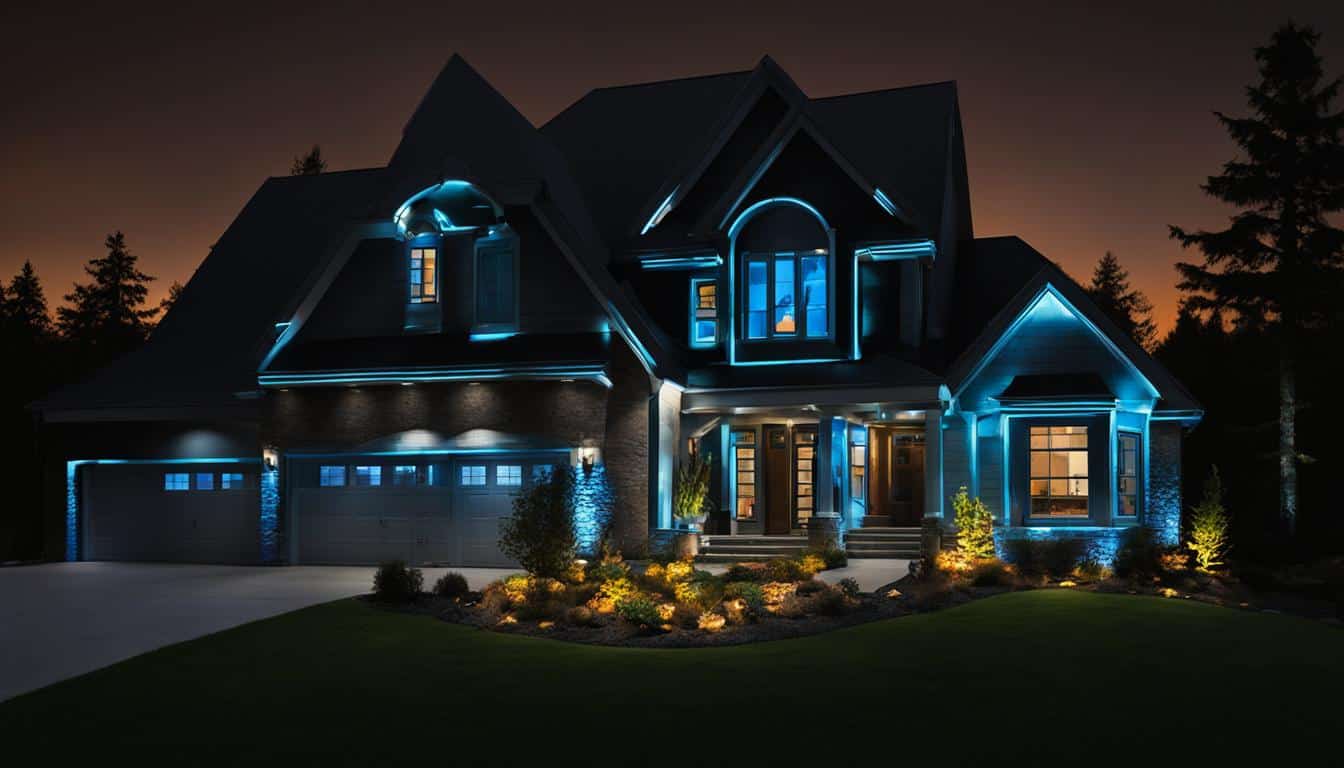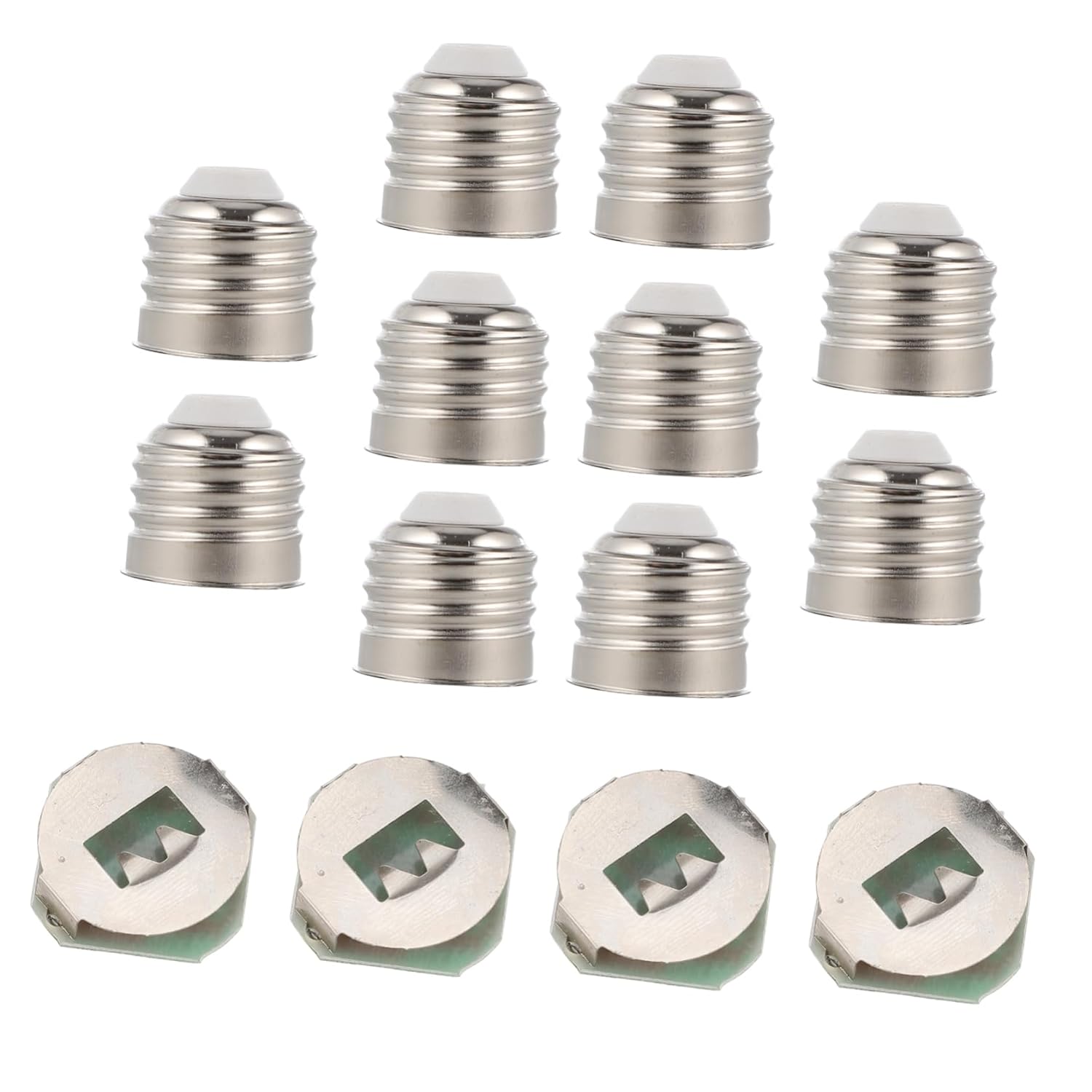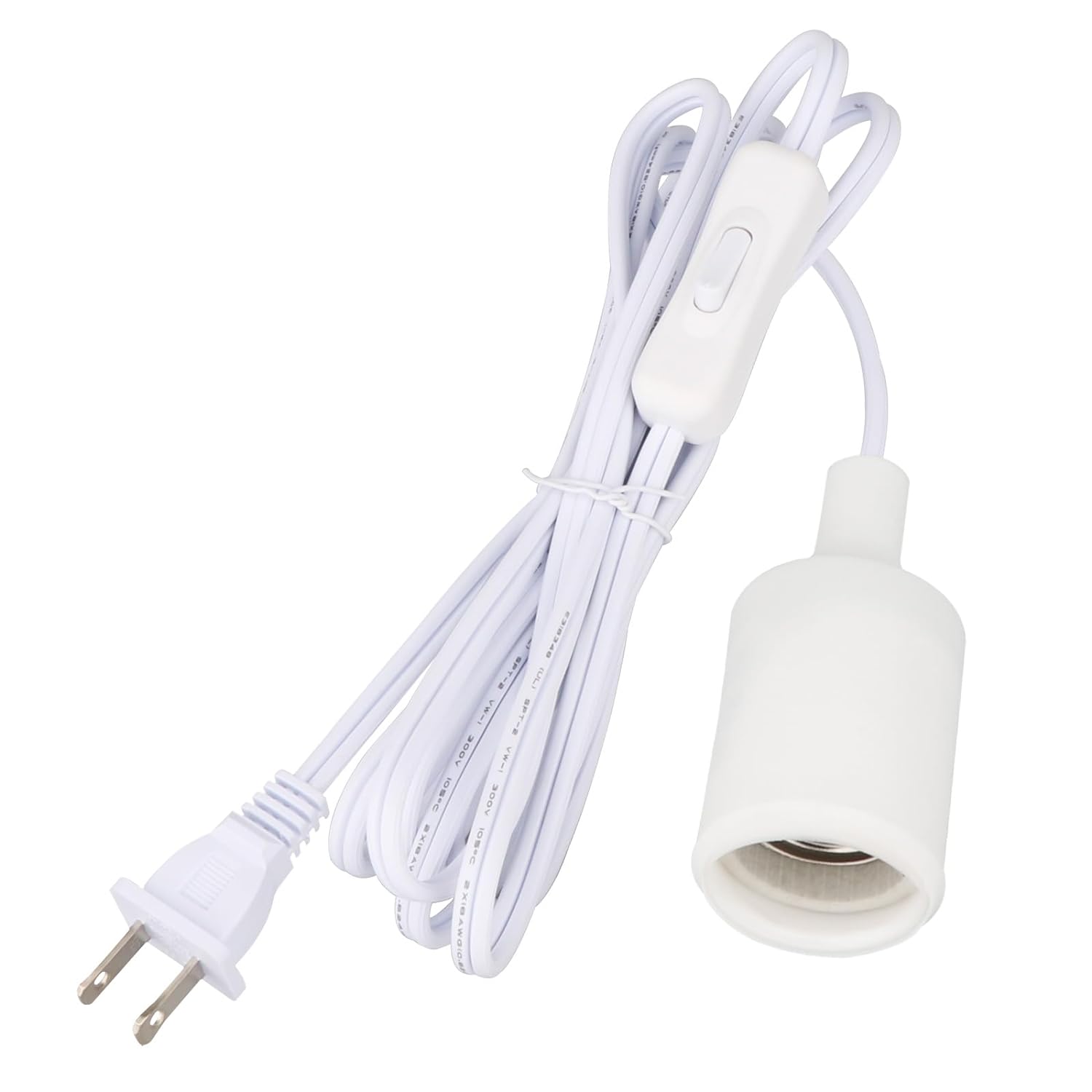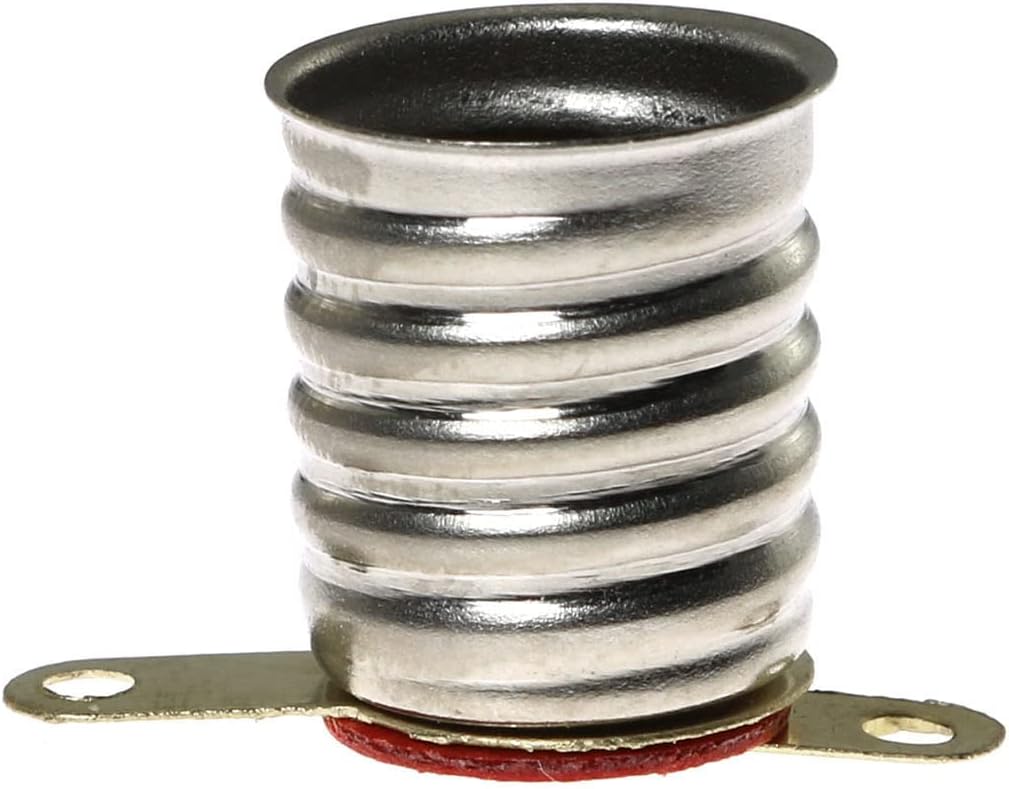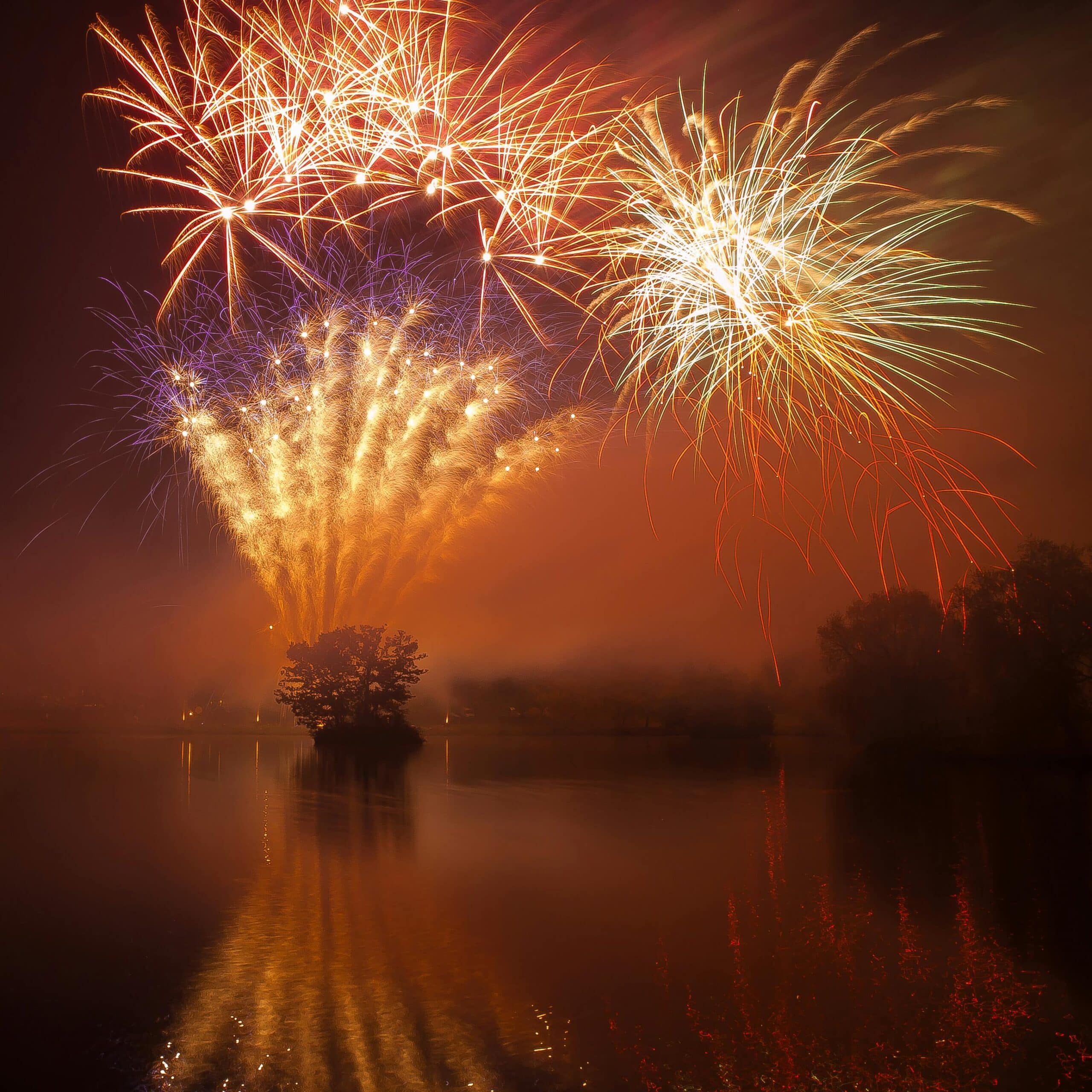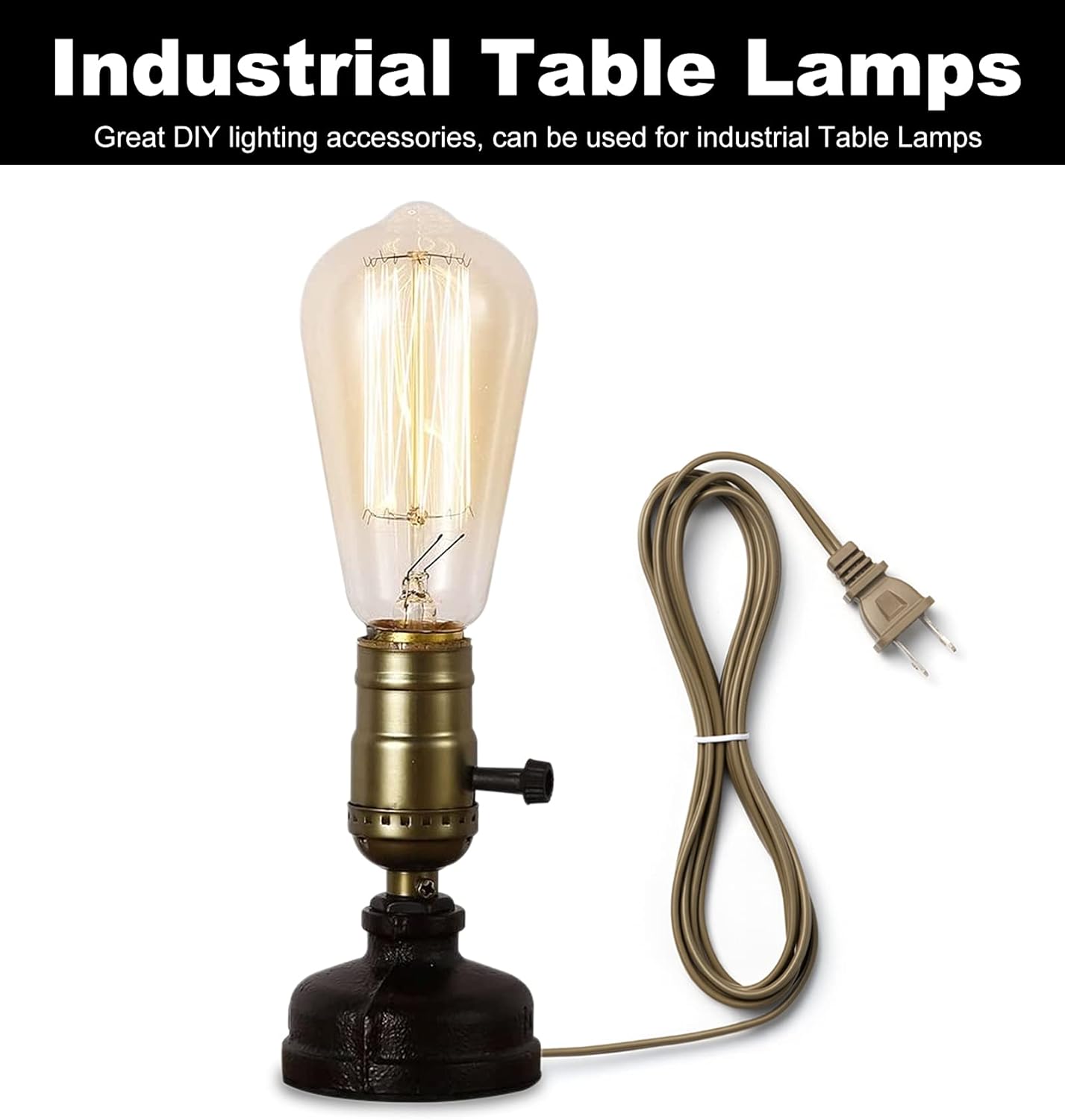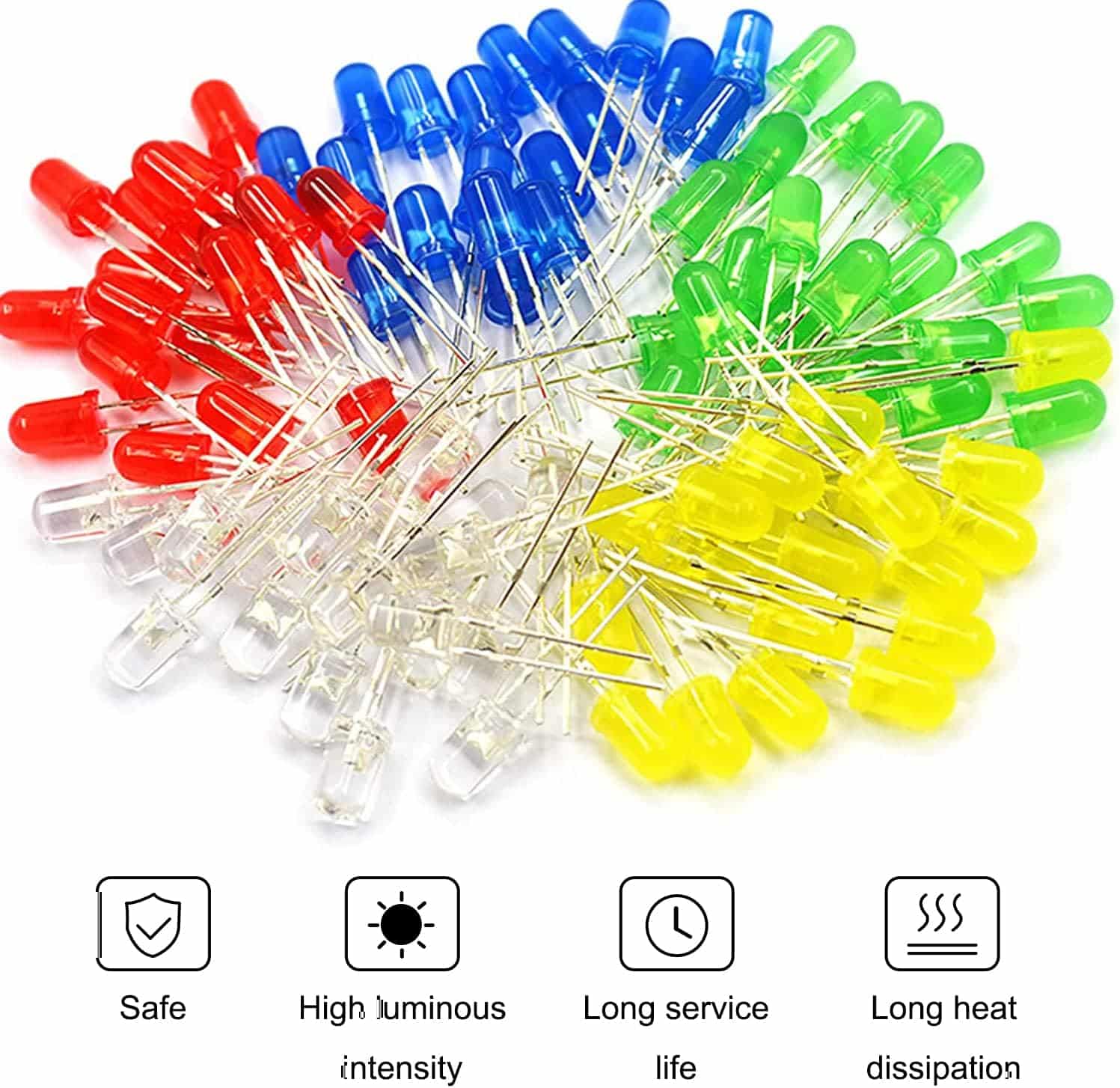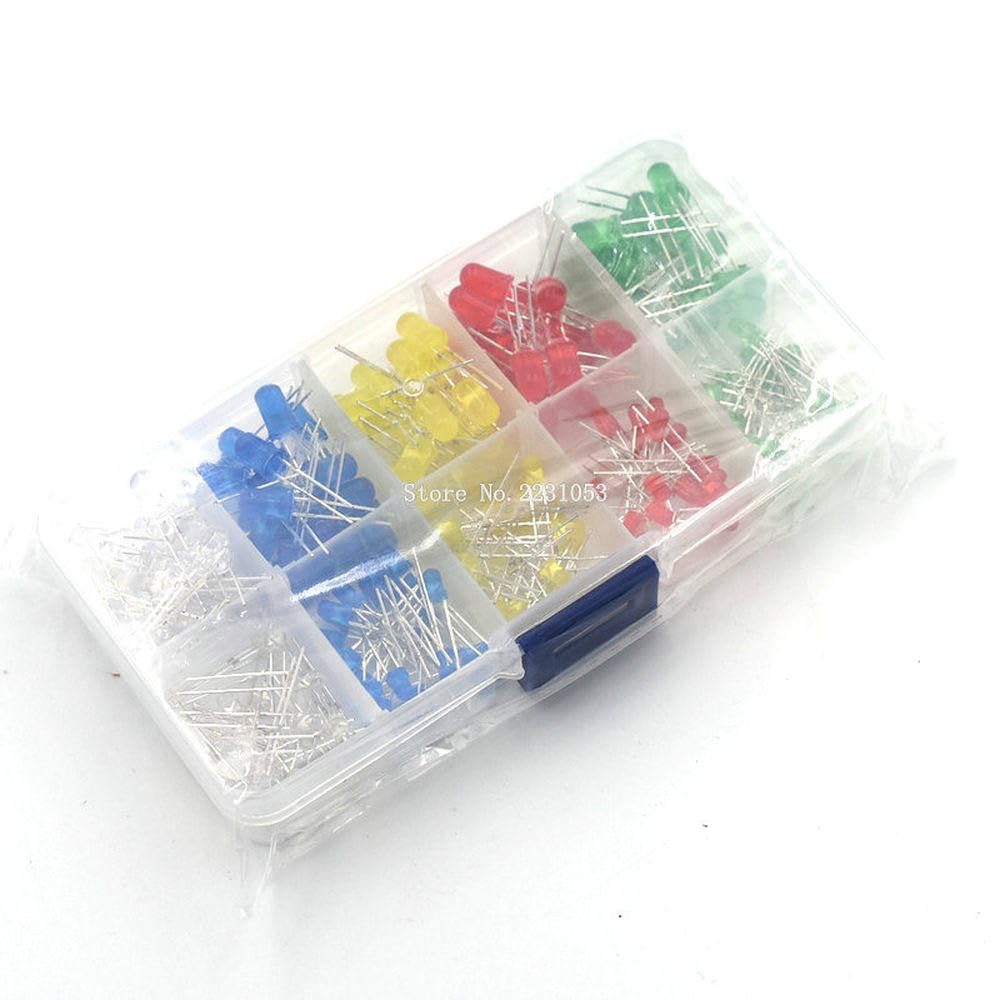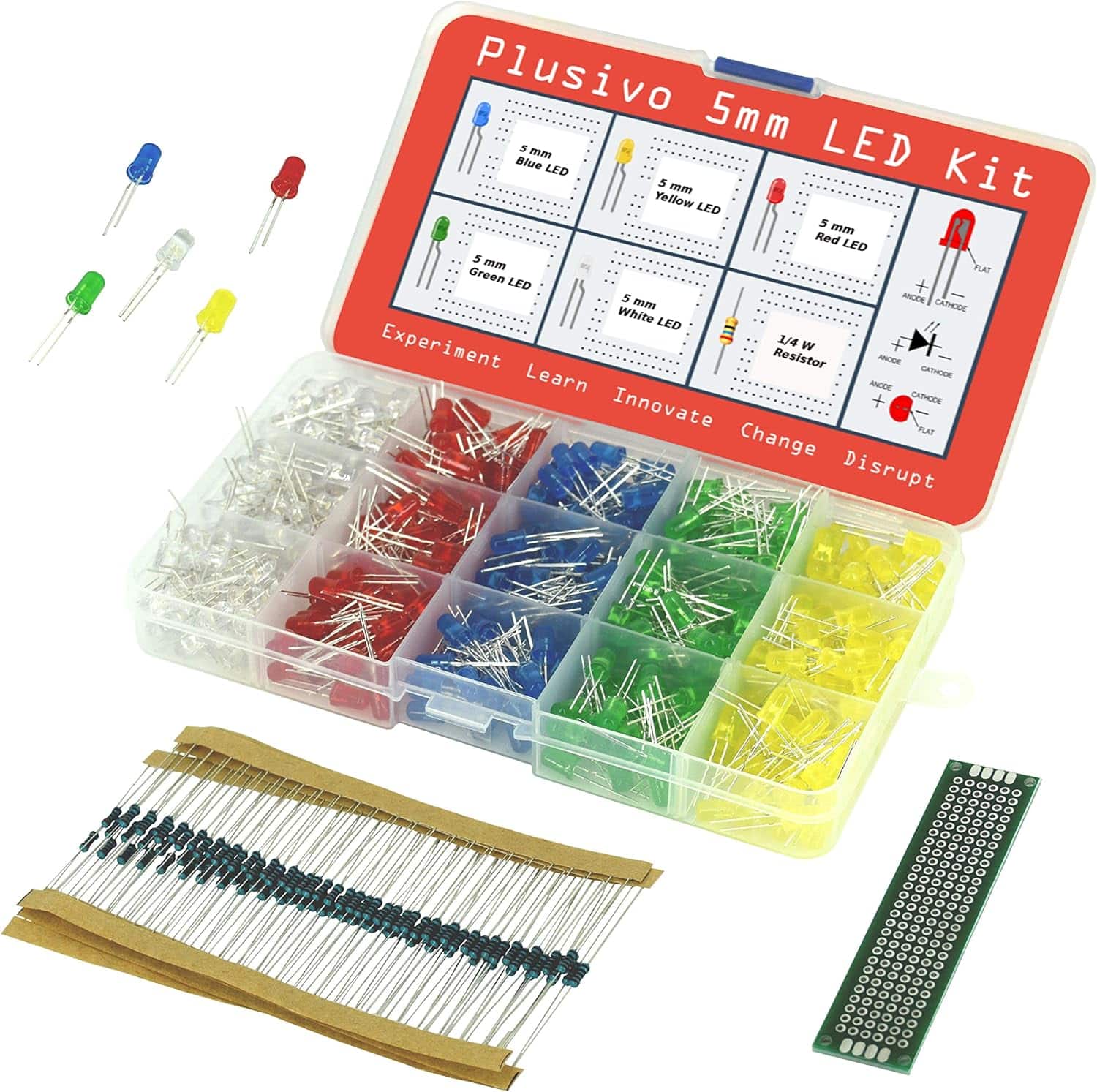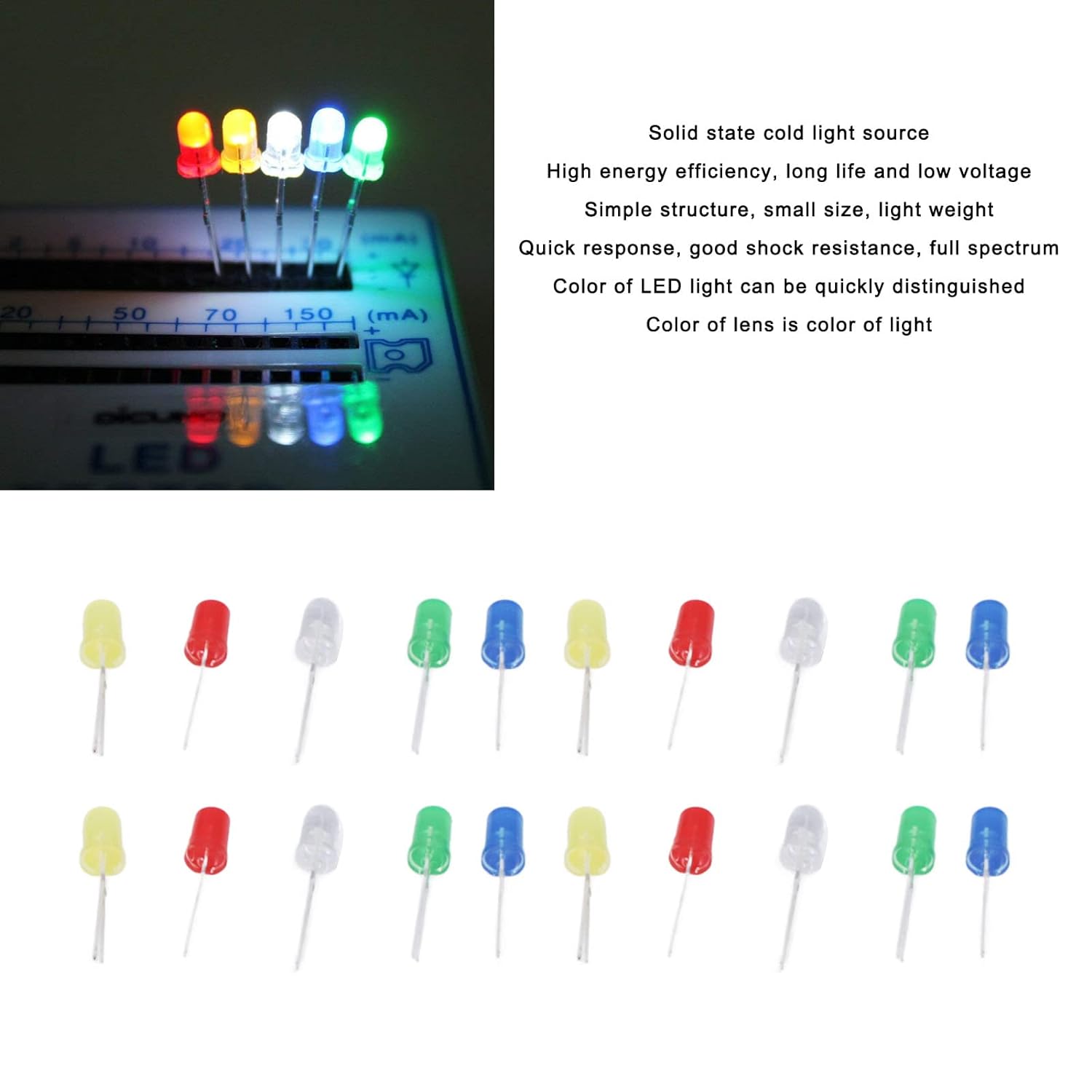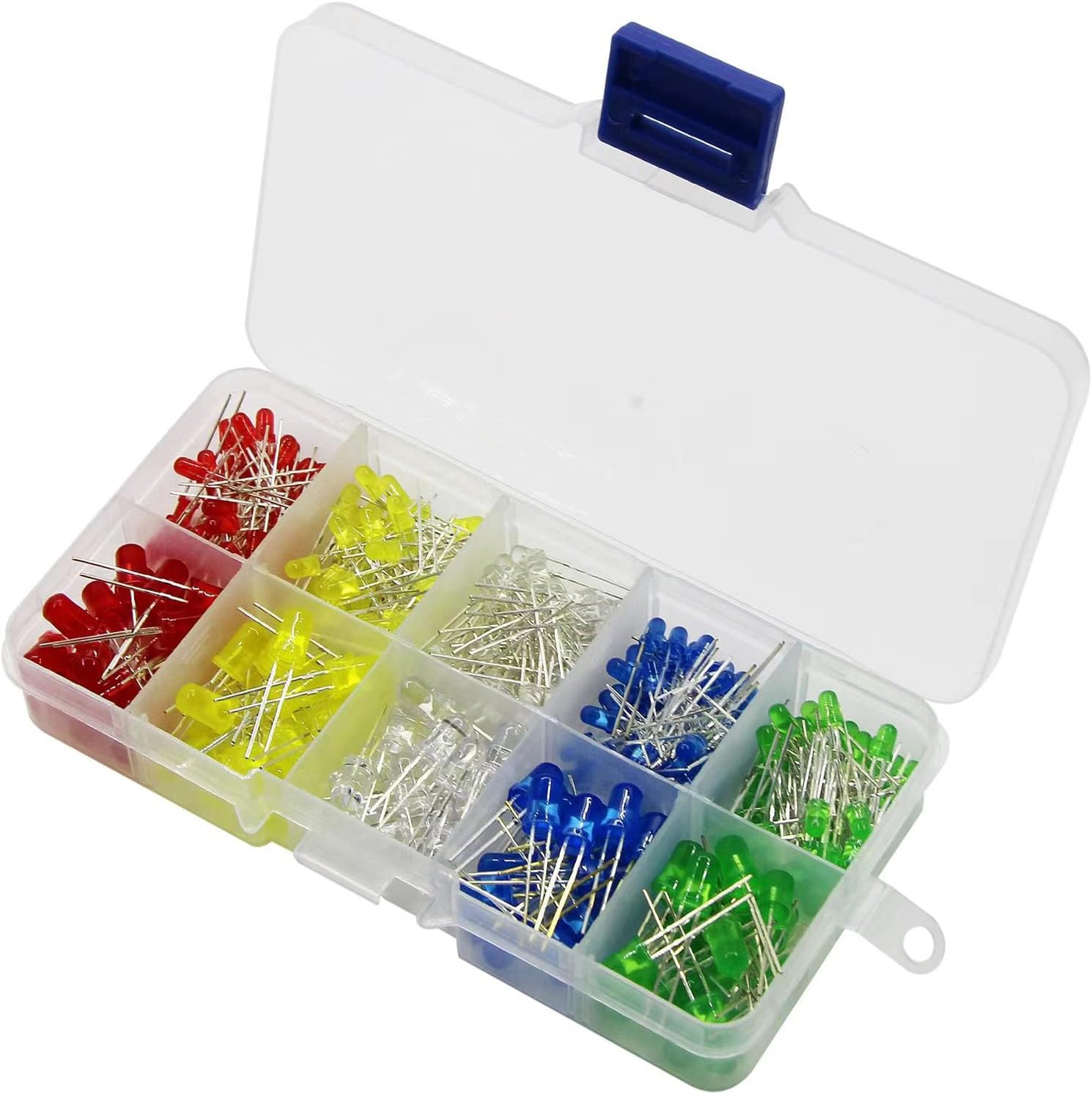Transforming your outdoor space into a beautiful and functional oasis with low voltage lighting may seem like a daunting task, but with the right guidance, it’s not as challenging as it seems. In this step-by-step guide, I’ll take you through everything you need to know about low voltage lighting installation, including necessary tools and safety tips. Follow along and create your dream space!
Key Takeaways:
- Learn how to wire low voltage lighting at home for a consistent look and to prevent premature burnout of lights.
- Master the essentials of low voltage lighting, including its advantages and energy efficiency.
- Create a detailed layout plan for your low voltage lighting system.
- Select the right transformer based on your lighting needs and the total wattage of your lights.
- Understand the importance of choosing the right wiring and apply effective techniques for a reliable low voltage lighting system.
- Explore various types of low voltage lights and how to best use them in your outdoor space.
- Enhance your landscape with special lighting effects that provide uniqueness and character.
The Essentials of Low Voltage Lighting and Its Advantages
Low voltage landscape lighting offers a wealth of advantages, providing a safe and aesthetically pleasing outdoor environment. In this section, we will explore the basics of low voltage lighting, its benefits over traditional lighting systems, and essential factors to consider for energy efficiency and safety.
Defining Low Voltage Lighting
Low voltage lighting relies on a transformer to convert the standard 120-volt household current to a more energy-efficient and safer 12 or 24 volts. This type of lighting is easier and safer to install due to its low voltage, making it ideal for use in moist conditions and user-friendly for both pets and children.
Benefits of Choosing Low Voltage Over Traditional Lighting
There are several reasons low voltage lighting is preferred to traditional lighting systems. The most notable advantages include:
- Safer installation due to lower voltage, reducing the risk of electrical shocks.
- Optimal for use in damp environments, making it a great choice for outdoor lighting.
- Installation does not require wires to be buried in conduit, simplifying the process and making it more appealing for DIY enthusiasts.
Energy Efficiency and Safety Considerations
When planning a low voltage lighting system, it’s essential to consider both energy efficiency and safety. Here are some important low voltage lighting wiring tips and safety guidelines:
- Choose the right transformer based on the total wattage of your lighting system to prevent overloading.
- Ensure proper wire gauge to minimize voltage drop and maintain energy efficiency, especially for longer cable runs.
- Use appropriate wire connectors to establish secure and reliable connections between the light fixtures and the main cable.
- Regularly inspect your system for any wear or damage, ensuring timely maintenance and repairs for long-term safety.
By following these suggestions, you can create an energy-efficient and safe low voltage lighting system that enhances the beauty and functionality of your outdoor living space.
Planning Your Low Voltage Lighting Layout
Before initiating the step-by-step low voltage lighting installation, it is crucial to have a well-thought-out layout in place. By devising a detailed plan, you will establish a solid foundation for a successful installation and avoid potential pitfalls.

To begin with, determine and mark the desired positions for your light fixtures. Visualizing the overall effect you want to achieve makes it easier to decide on the most suitable locations. Consider factors such as visibility, safety, and aesthetics when choosing the placement of your lights
Next, you will need to figure out the pathway for your wiring. The low voltage lighting wiring diagram should show how the wiring will connect each light fixture to the transformer and, ultimately, an available outdoor electrical outlet. This step is essential in ensuring a smooth and efficient installation process.
While plotting the wiring path, keep in mind the potential obstacles like trees, rocks, or other landscape features. You’ll want to avoid unnecessary detours that could add unnecessary length to your cable runs. Remember, longer distances may require thicker wire gauges to prevent voltage drop issues.
- Identify and mark the locations for your light fixtures
- Map out the path for your wiring
- Consider potential obstacles and choose the most efficient route
Preparing a clear and precise layout will ultimately save you time and effort during the installation process. With a solid plan in place, you can confidently move forward with your low voltage lighting project, ensuring a beautiful and functional addition to your outdoor space.
Choosing the Right Transformer for Your Lighting Needs
To ensure a seamless and efficient low voltage lighting installation, selecting the appropriate transformer is crucial. Transformers are responsible for reducing the high voltage from your electrical system to a safer, lower voltage suitable for your lighting needs. In this section, we will discuss low voltage lighting transformer wiring, calculating the total wattage for your setup, and utilizing timers and photocells for automated lighting controls.
Understanding Transformer Specifications
Transformers come in various wattage capacities, and it is essential to choose a transformer that can handle the combined wattage of all the light fixtures you plan on installing. In addition, the selected transformer should have a little extra capacity to compensate for any potential power loss over long cable lengths.
Calculating the Total Wattage for Your Setup
To determine the right transformer for your low voltage lighting system, you must calculate the total wattage of your setup. This calculation requires adding up the wattage of each light bulb within your system and multiplying the total by 1.25. This ensures that the transformer can handle the load, and it also accounts for voltage drop that may occur over long distances.
Timers and Photocells: Automated Lighting Controls
Beyond selecting the right transformer, it’s also necessary to consider low voltage lighting wiring best practices. Incorporating timers and photocells can add an additional layer of convenience to your outdoor lighting setup. These automated controls allow your lights to turn on and off at specific times or in response to changing daylight conditions, resulting in a more energy-efficient system.
In conclusion, paying close attention to transformer specifications, accurately calculating the wattage of your lighting setup, and integrating automated controls are crucial steps in building an efficient and reliable low voltage lighting system. With the right planning and execution, your outdoor space will be functionally and aesthetically illuminated, enhancing your home’s overall appeal.
How to Wire Low Voltage Lighting
Wiring low voltage lighting is a crucial step in creating a beautiful and functional outdoor lighting system. Below, we outline the step-by-step process involved in installing low voltage lighting and cover essential tips to enhance the overall efficiency and safety of your setup.

- Choose the appropriate electrical cables: To wire low voltage lighting effectively, it’s important to connect each light fixture to the transformer using suitable electrical cables. This ensures that the voltage delivered to each light is consistent, thereby providing optimal illumination.
- Select the correct gauge of wiring: The appropriate wiring gauge is crucial to ensure efficient operation and minimize voltage drop, especially over longer distances. Lower gauge numbers indicate thicker wires that are better equipped to carry voltage without significant loss. Also, distances between each fixture should be kept consistent for even lighting.
- Use wire connectors: When joining the light fixtures to the main cable, it’s best to use wire connectors rather than press-on fittings. This provides a more secure and reliable connection, ensuring that your low voltage lighting system remains intact for years to come.
- Run the cables: Once the appropriate wiring is selected and connected, run the cables between the transformer and each light fixture. Be sure to avoid running cables close to other electrical installations and navigate them around obstacles such as tree roots or pathways to prevent any potential damage.
- Test the system: After all connections are made, run a test to ensure each light is functioning at the correct voltage level. A digital voltage meter can help identify inconsistencies in voltage distribution and confirm if the transformer is functioning appropriately.
In summary, the key to successful low voltage lighting wiring lies in choosing the right materials, creating secure connections, and testing the system for optimal performance. By following these step-by-step low voltage lighting installation techniques, you can create a stunning, energy-efficient outdoor oasis that will last for years.
Types of Low Voltage Lights and Their Uses
Low voltage lights come in various styles and designs, each with a specific purpose for enhancing the beauty and safety of outdoor spaces. We will explore three common types of low voltage lights: accent lighting, path lighting, and specialty lighting, delving into their best uses in creating a stunning landscape setup.
Accent Lighting: Highlighting Your Home’s Features
Accent lighting is all about drawing attention to unique or significant features in your outdoor area. Low voltage accent lighting fixtures such as spotlights or floodlights can be utilized to highlight trees, architectural structures, or create dramatic lighting effects. With the proper placement and angling, accent lights can enhance the visual appeal of your yard, making it a masterpiece at night.
Path Lighting: Ensuring Safety and Aesthetics
Another essential type of low voltage lighting is path lighting. These lights provide safety and aesthetics by illuminating walkways, driveways, and other high-traffic outdoor areas. With proper low voltage path lighting, you not only guide visitors through your outdoor space, but you also create a welcoming and comforting atmosphere. There are numerous designs to choose from, ranging from classic lantern styles to sleek, modern fixtures.
Specialty Lighting: Creating Unique Outdoor Atmospheres
For those looking to create a unique and personalized outdoor environment, specialty low voltage lighting offers diverse options that cater to various themes and styles. These fixtures are designed to provide a touch of whimsy, elegance, or even playfulness to your landscape. Some examples of specialty lighting include underwater lights for ponds and pools, deck lights for stairs and railings, and even festive string lights for special events or ambiance.
It is crucial to assess your outdoor space and determine the perfect combination of these low voltage lighting types to suit your needs and preferences. By doing so, you will create an enchanting environment that showcases your home and provides safety and functionality for your family and guests.
Understanding and Selecting the Appropriate Wiring Options
When creating a low voltage lighting setup, it’s crucial to have a thorough understanding of wire gauges and their importance in determining suitable wiring. Proper cable management plays a vital role in maintaining an efficient and safe system.

Deciphering Wire Gauges and What They Mean
Wire gauge refers to the thickness of a wire, and it’s essential to select the appropriate gauge for your low voltage lighting system. The gauge number is inversely related to the thickness of the wire— a lower number indicates a thicker wire. Thicker wires can carry voltage over longer distances without significant loss, making them ideal for large-scale setups. Conversely, a higher gauge number means a thinner wire, which is less suited for long-distance voltage transport.
Calculating the Required Wire Length and Layout
To ensure an efficient installation, calculate the total wire length needed for your low voltage lighting system by factoring in the distance between each light fixture and the transformer. Using a low voltage lighting wiring diagram can be beneficial in visualizing the wire routing and ensuring proper voltage distribution. Moreover, incorporating wire length buffers in the calculation helps accommodate any future adjustments or expansions.
Tips for Effective Cable Management
Effective low voltage lighting cable management helps extend the life and performance of your system. Follow these handy tips:
- Secure loose wires using cable ties or wire clips, ensuring that they are not a tripping hazard or subject to damage from foot traffic or lawn equipment.
- Use weather-resistant, corrosion-free wire connectors for reliable connections, particularly in harsh outdoor environments.
- When burying cables, consider using a protective conduit sleeve to guard against damage from digging or rodents.
- Keep track of your wire layout to simplify troubleshooting or future system modifications.
By understanding the significance of wire gauges and implementing effective cable management practices, you can optimize the performance and longevity of your low voltage lighting system.
Installation Tips: How to Successfully Lay Out Your Lighting System
Setting up a low voltage lighting system is all about proper planning and execution. By adequately preparing the ground, carefully laying the cables, and strategically placing the light fixtures, you can achieve a stunning outdoor illumination effect that is both efficient and safe. In this section, we will discuss some valuable best practices for low voltage lighting installation, including ground preparation, cable laying, light placement, and troubleshooting common challenges.
Preparing the Ground and Laying the Cable
Begin by clearing any debris and leveling the ground where the light fixtures will be placed. This allows for easier cable management and reduces potential damage that could be caused by obstructions. When laying the cable, ensure that it runs from the transformer to each fixture, avoiding areas where the cable could be damaged or rendered inefficient due to voltage drop. Having a clear, well-planned layout will help minimize potential issues during installation.
Physical Placement of Lights for Optimum Illumination
Proper placement of light fixtures is crucial for achieving the desired illumination effect. Consider the specific purpose of each light fixture, whether it’s to highlight architectural features, create atmospheric accents, or provide safe and visually appealing path illumination. Keep in mind the angles and distances between fixtures, as well as how the lights interact with the surrounding landscape and architecture. Adjust the positioning of the fixtures as needed to optimize their illumination output and achieve a cohesive, well-lit outdoor space.
Troubleshooting Common Setup Challenges
Even with thorough planning and execution, you may still encounter some issues during the installation process. Here are some troubleshooting tips to help you address common low voltage lighting wiring challenges:
- Dim or flickering lights: This could be an issue with the transformer’s voltage output, wiring connections, or a damaged or overburdened circuit. Check the transformer and wiring connections, and ensure you’re following low voltage lighting installation best practices to resolve the issue.
- Inconsistent lighting: Make sure all fixtures receive an even supply of power by examining the connections and adjusting the transformer settings accordingly. If certain fixtures are consistently brighter or dimmer than others, consider whether their placement or the surrounding landscape is affecting the result.
- Non-functioning lights: Inspect the individual light fixtures for any visible damage or loose connections. If all fixtures seem intact, check the main cable and transformer settings to ensure a proper power supply.
By following these tips and adhering to low voltage lighting installation best practices, you’ll be well on your way to creating a stunning and reliable outdoor lighting system.
Wiring Techniques for a Reliable Low Voltage Lighting System
For a low voltage lighting system to function efficiently and ensure longevity, it is essential to follow proper low voltage lighting wiring techniques and adhere to wiring safety measures. Here, we’ll delve into some essential techniques that contribute to the reliability of your system:
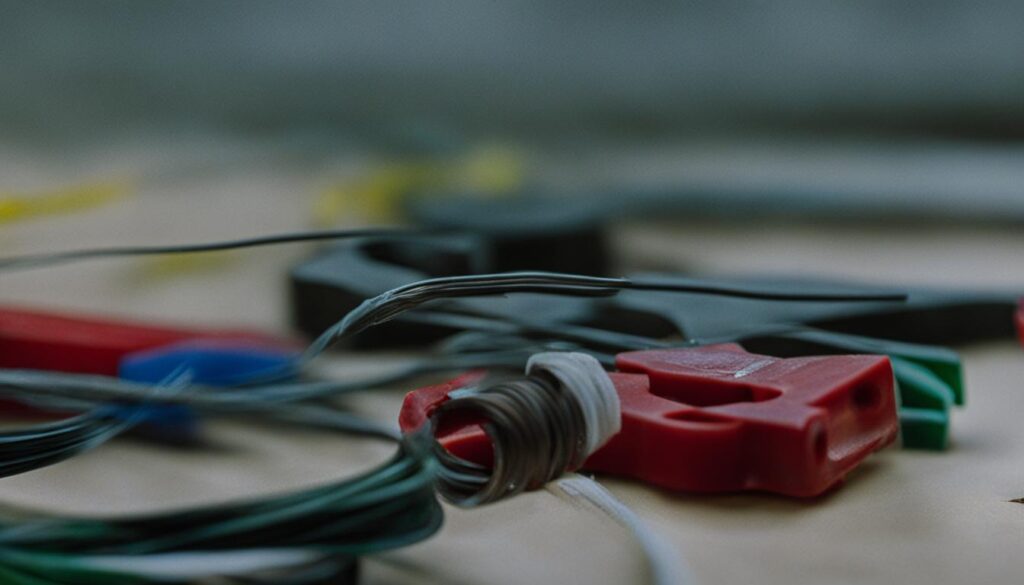
-
Using appropriate wire connectors: Make sure you choose the right type of wire connectors for your low voltage lighting system. They not only provide solid connections between wires but also protect the connections from water, corrosion, and other external elements. If possible, use waterproof connectors for outdoor installations to ensure extra protection.
-
Keeping wires organized and secured: Untidy or loose wires can lead to tripping hazards, reduced system efficiency, and damage to the wiring itself. It’s essential to keep the cables organized, secured, and neatly tucked away from foot traffic, equipment, or tools. Use clips, fasteners, or conduit as necessary to keep your wiring secure and orderly.
-
Avoiding press-on fittings: Though press-on fittings might seem like an easy and quick solution, they may not provide a long-lasting and secure connection. This type of fitting is prone to coming loose and causing intermittent light flickering and possible failure. Using twist-on wire connectors, crimp connectors, or other secure connection methods is recommended.
-
Performing routine maintenance: Over time, your low voltage lighting system may experience wear, tear, and exposure to various elements. Regular maintenance includes inspecting cables, connectors, and fixtures, tightening connections, and replacing damaged wiring or components. This not only provides a safer environment but also prolongs the life and performance of your lighting system.
In conclusion, by following these essential wiring techniques, you can ensure a reliable and safe low voltage lighting system for your outdoor space. Remember to always prioritize safety and follow the manufacturer’s guidelines to prevent accidents and maximize the longevity of your lighting system.
Enhancing Your Outdoor Space with Special Lighting Effects
As you master the craft of wiring low voltage lighting, you open the door to a myriad of lighting effects that can enhance your outdoor spaces. One such fascinating effect is achieved by using specialty low voltage lighting fixtures, such as moon lights. These fixtures provide unique lighting experiences by simulating moon shadows, where the light is installed high and branches are kept in the light path to create naturalistic effects.
Another popular low voltage lighting special effect involves the use of color-changing LED lights that can be adjusted to create custom hues and moods. By incorporating these versatile lights into your outdoor landscape, you can create dynamic and vibrant scenes to match any occasion or setting. The ability to control these lights remotely or via a smartphone app adds a touch of convenience and ease to the entire experience.
Subtle and sophisticated lighting options, like recessed step lights or in-ground lighting fixtures, can be added to your low voltage system, providing safety and visibility without sacrificing style. Discreetly placed, these illuminating elements highlight key areas in the landscape, guiding guests through your outdoor space, and cast gentle, ambient light, setting a welcoming and harmonious tone.
Embrace the creative possibilities that come with low voltage lighting and elevate your outdoor space to a new level of atmosphere, style, and comfort. As you experiment with different lighting techniques and fixtures, you will surely create a breathtaking, one-of-a-kind oasis right in your own backyard.
FAQ
What is low voltage lighting?
Low voltage lighting is an energy-efficient and safe alternative to traditional lighting, using a transformer to reduce the standard 120-volt household current to a lower 12 or 24 volts. It is ideal for outdoor installations, as it is pet and child-friendly, and can be used in wet conditions.
How do I plan my low voltage lighting layout?
To plan a low voltage lighting layout, start by marking the desired positions for the lights and the necessary path for wiring to connect to an available outdoor electrical outlet. This detailed layout is the foundation for a successful installation.
How do I choose the right transformer for my lighting needs?
To select the appropriate transformer, calculate the combined wattage of all the light fixtures and choose a transformer with a wattage capacity that exceeds this number. A good rule of thumb is to add up the wattage of each light bulb and multiply this total by 1.25 to ensure the transformer can handle the load.
What are some common types of low voltage lights and their uses?
Low voltage lights come in various forms suited for different uses. Accent lighting, such as spotlights or floodlights, can be used to highlight trees, architectural features, or create dramatic effects. Path lighting ensures safety and aesthetics, while specialty lighting like moonlights creates unique outdoor atmospheres.
How do I understand gauge sizes and select the appropriate wiring options?
Wire gauge sizes indicate the thickness of the wire, with lower gauge numbers suggesting thicker wires that can carry voltage over longer distances without significant loss. Understanding these sizes will help you select the right wiring for your low voltage lighting system, ensuring efficient operation and minimal voltage drop.
What are some best practices for installing low voltage lighting systems?
Proper ground preparation and careful cable laying are crucial for successful low voltage lighting installation. Ensure solid connections using appropriate wire connectors and avoid press-on fittings that might not create long-lasting bonds. Also, be aware of potential cable damage or inefficiency due to voltage drop in your chosen layout.
How can I troubleshoot common setup challenges with low voltage lighting?
Troubleshooting low voltage lighting wiring may involve using a digital voltage meter to test each light fixture for proper voltage levels, identifying bad connections, or adjusting too many lights on a circuit. Examining and addressing these issues can help resolve common setup challenges.

